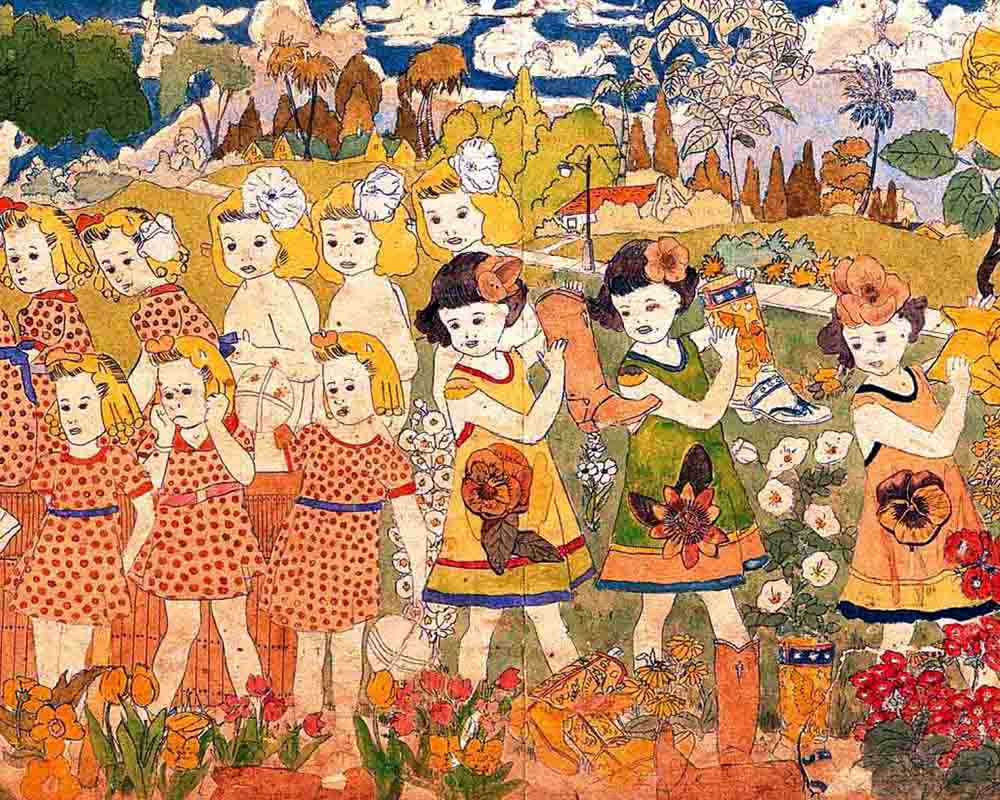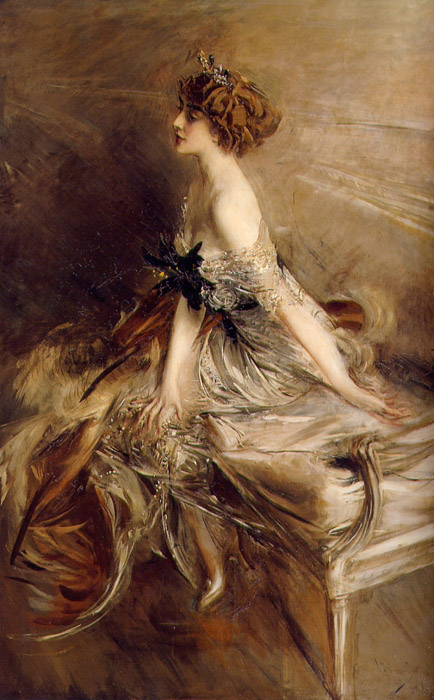OE Ælfric Homily (Corpus Cambr. 178) in J. C. Pope Homilies of Ælfric II. 792 Nu segð se wyrdwritere þæt seo wicce sceolde aræran þa of deaþe þone Drihtnes witegan Samuhel gehaten. 1425 Edward, Duke of York Master of Game (Digby) vi Þer beth some [wolves] þat eten children and men..And þei be cleped werewolfes, for men shulde be were of hem, or þe mann see hem.

Near the deep woods falling into the sky, seven hundred steps stepped little black twigs dare not speak. Against ritual abstract solitudes outline, fragmentary flights of fancy tracing twilight’s window shuttered, ghastly monotony, deliberation, and grey abyss.
Fields full thoughtless haste in cryptographic absence from a conscious world, mirror clouding over. Cellar debris looming certain symbols shuddering recognizable.
By night, a subtler thing witching, a werewolf shape, a vampire’s cigarette smoldering on the cobblestone, ghouls waiting at an abandoned bus stop, ghosts and spent skeletons ankle-bone slightly gnawed, but for the dark, figures moved uncertainly. Black lake, black boat, black stone.
Stars pale dusk, flat paper-cut shadows a few more breaths on an oblique road turns patient turning moment time unwinds rough-hewn pillars wrought iron and smoke.
Hypnotic figure chanting some such words sunk in settled gloom, fingers and toes grasp stone’s corner worn mortar smooth in the ruin. Bells tower, their shadows long rhythmic confusion, faintly dreaming wide tonal range collecting at the gates of a town already shut.
Continue reading “Nu segð se wyrdwritere þæt seo wicce sceolde aræran þa of deaþe þone Drihtnes witegan Samuhel gehaten”


